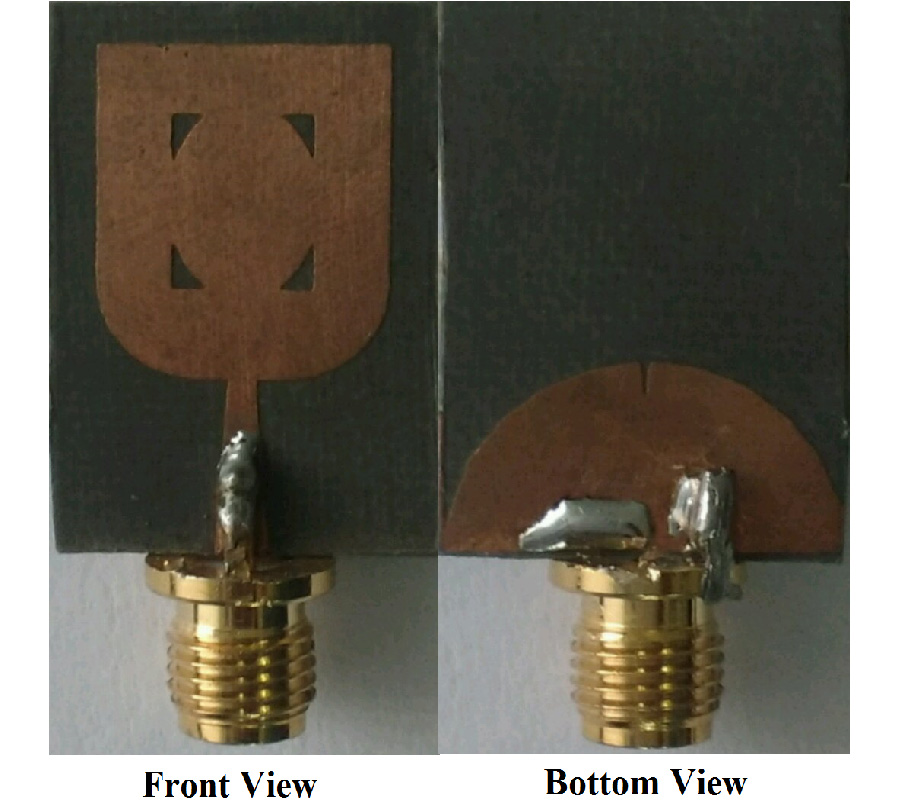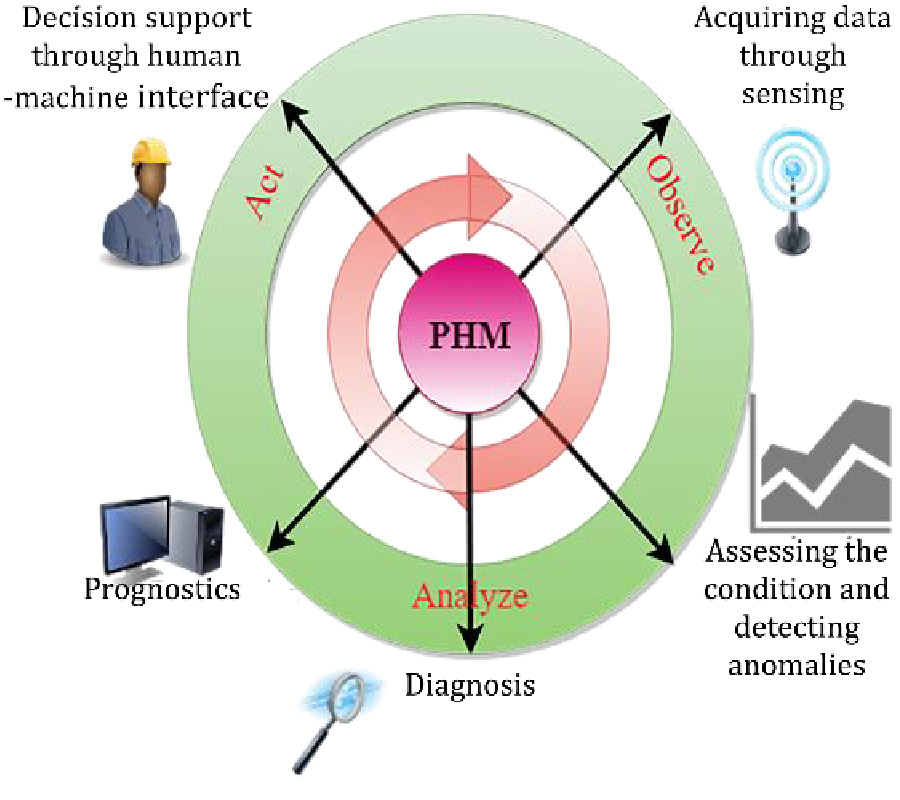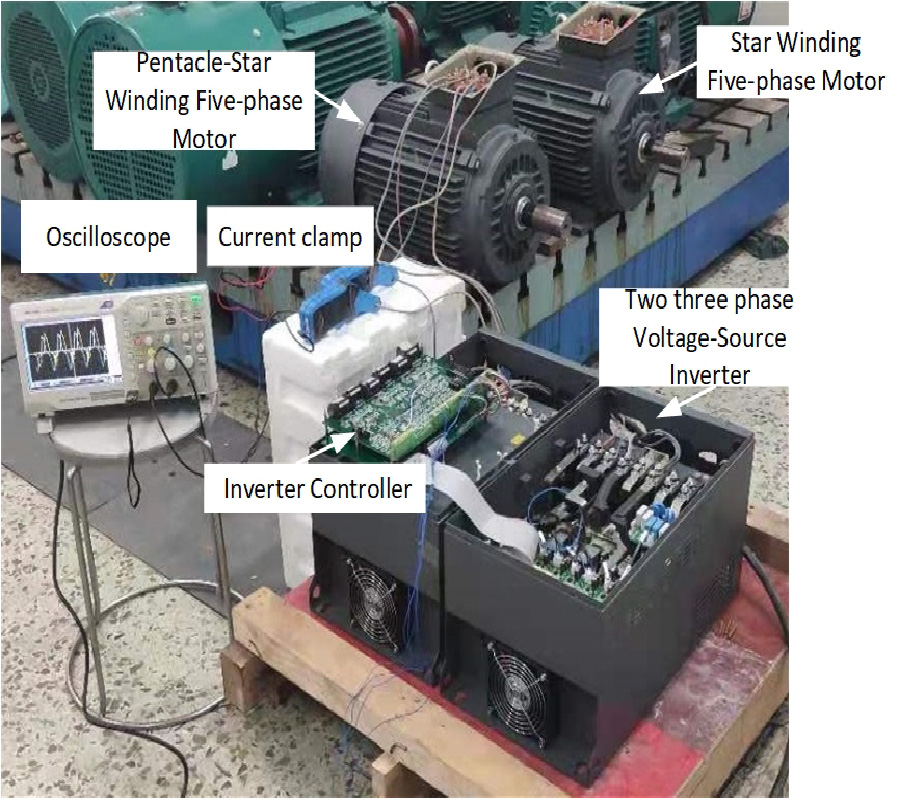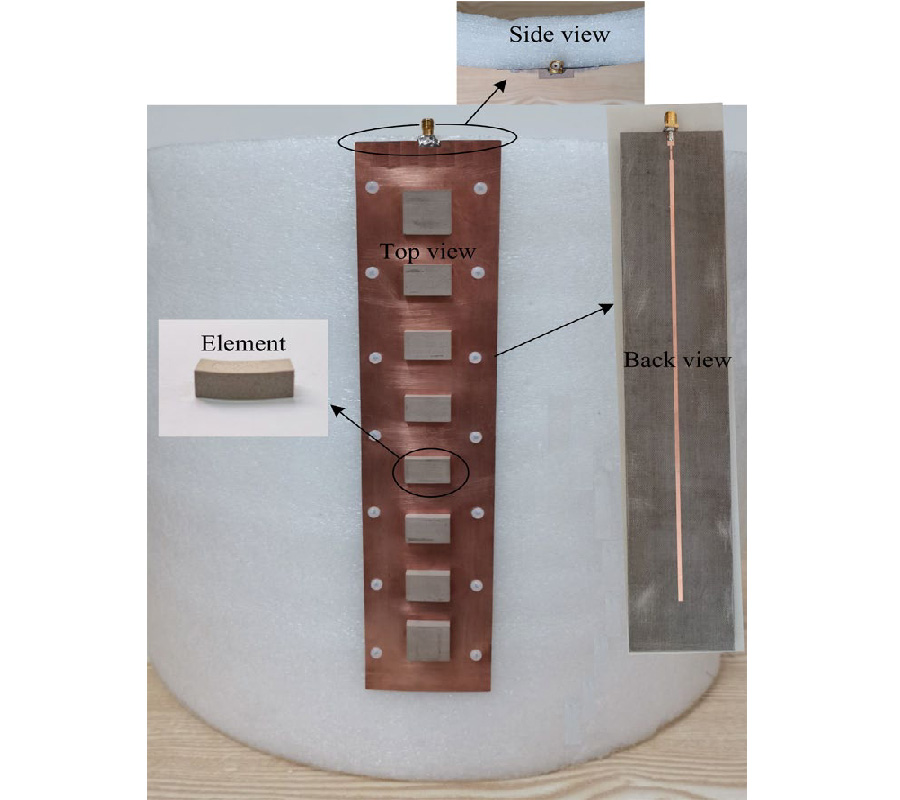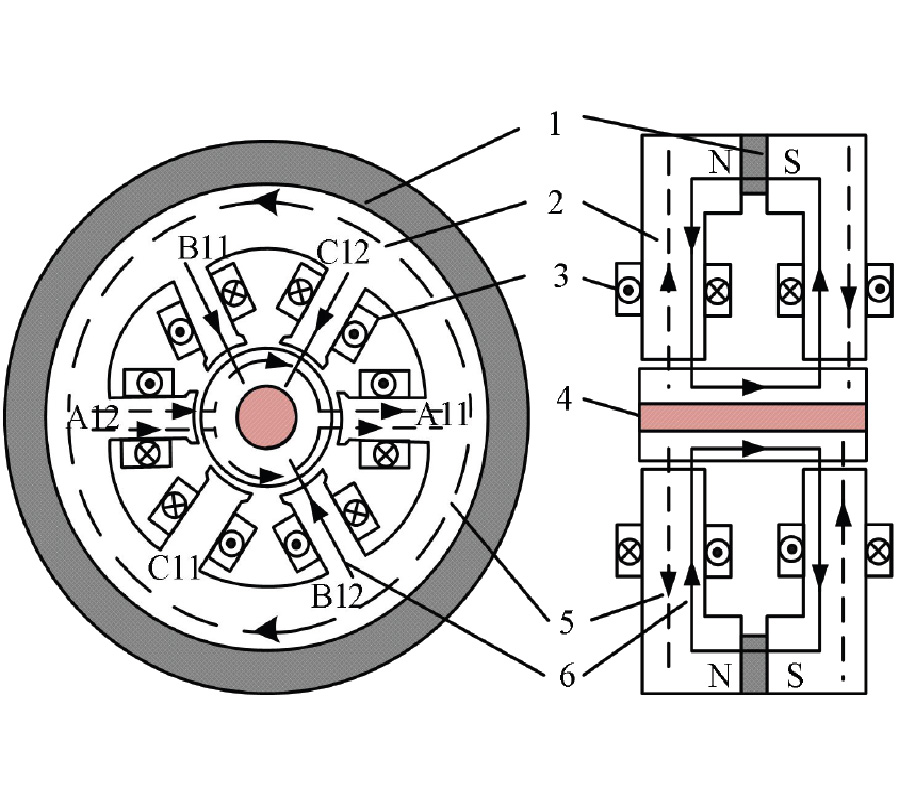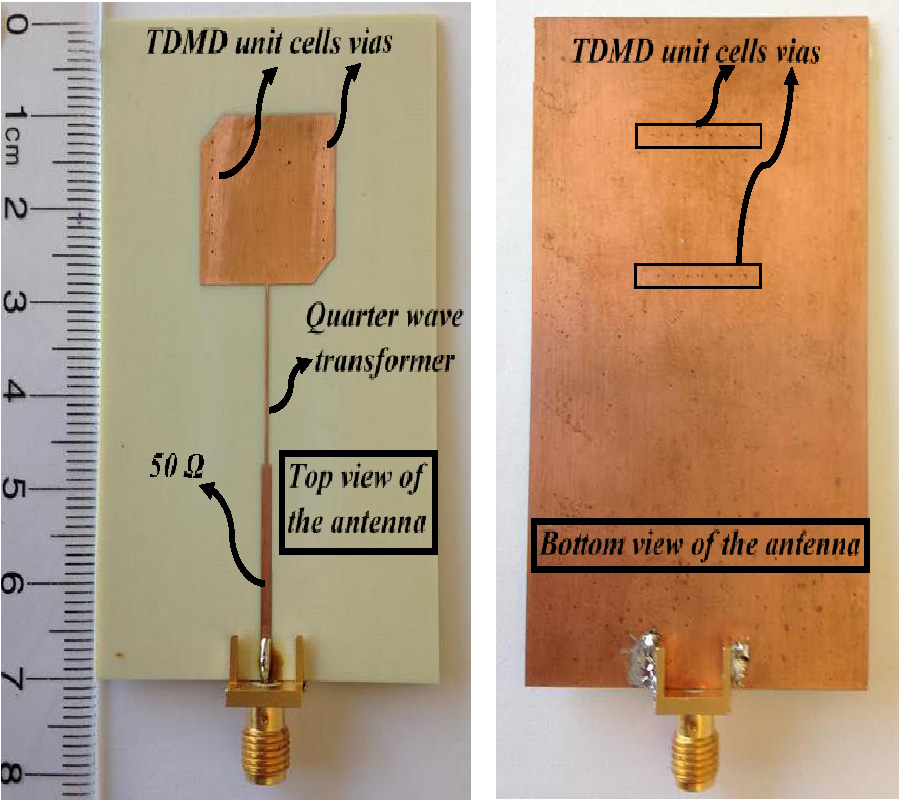A Novel Wideband Beam Reconfigurable Magneto-Electric Dipole Patch Antenna
Min Wang,
Huifeng Yang,
Nan Hu,
Wenqing Xie,
Yuxin Mo,
Zhenghan Chen,
Zhongyuan Liu and
Zhengchuan Chen
A novel wideband beam reconfigurable magneto-electric dipole patch antenna is presented in this paper. The proposed antenna consists of two H-shaped patches, two folded patches, an E-shaped feeding structure, a side-slotted ground, and a large reflective ground. Two H-shaped patches are horizontally placed on both sides of the feed structure, and two folded patches are assembled vertically to the upper ground, which are designed as the magneto-electric dipole structure. Two symmetrically sided slots are etched on the upper ground to reduce the profile, and an E-shaped strip is employed in the feeding structure to broaden the bandwidth. To suppress the backward radiation, a lower ground with large size is designed as a reflector. Four binary switches are symmetrically integrated on the stubs of H-shaped patches. By switching them ON or OFF simultaneously, the current distribution is changed to achieve beam reconfigurability. Finally, a set of antenna prototype with four configurations is fabricated and measured. The measured results show that maximum impedance bandwidth achieves up to 77.8% at 2.7 GHz from 2.0 GHz to 4.1 GHz. At 2.7 GHz, the measured peak gains are 8.4 dBi, 9.3 dBi, 8.1 dBi, and 8.7 dBi, where the beams point to -21˚, 0˚, 21˚, and 34˚, respectively in E-plane.



